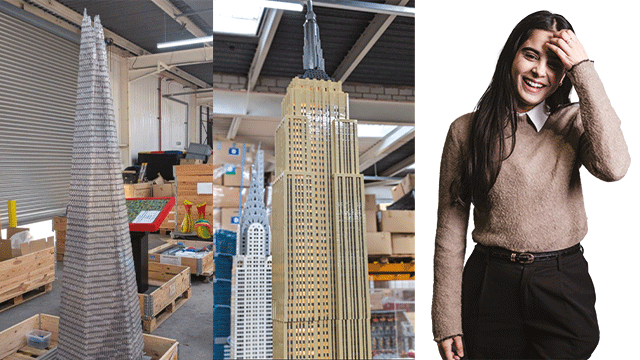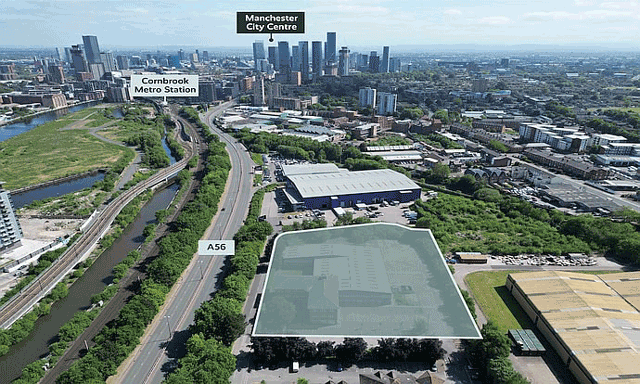Mixed messages are coming out of the US retail investment market. On the one hand, six words are being used to sum up the state of the sector, which has been left in turmoil by the collapse of the subprime housing market: it’s a good time to invest.
“It’s a small window but this window will close as soon as the debt market clears up in two years’ time,” says Anthony Buono, executive managing director of retail services for CB Richard Ellis in the US. “But it is a great opportunity to invest now if any company has the equity.”
On the other hand, organisations such as Cushman & Wakefield are urging caution because of the drop in property prices. The shopping centre market, which includes more than 8,000 centres varying from traditional big-box malls to the new breed of super centres, has seen transactions plummet by 77% this year.
And, despite the perceived strength of retail compared to other properties, yields are up, resulting in lower prices. In core markets, where assets have been re-traded because of financing difficulties, sale prices have dropped by 5 to 15%.
“The last time this happened was 2001-02 following 9/11 and recession. We are back to about 2002 levels in terms of volume,” says Richard Latella, senior managing director, national practice leader retail at Cushman & Wakefield.
In a positive sign, C&W’s Changing Tides summer 2008 report notes that the few deals closed have yet to reflect any major price correction as, “nationally, retail prices were off by only 5.5% from their peak in Q1 2007”. It adds that “brokers, however, continue to report a 10 to 20% gap in pricing between buyers’ and sellers’ expectations – a phenomenon which only exacerbates the stalemate between the two parties”.
Darrell Levonian, executive managing officer, Charles Dunn, in Los Angeles, says: “We have seen a continuation of money from all sources for shopping centres. Even the tenant-in-common players are still buying. Foreign investors are taking advantage of our deflated dollar, so that is a particularly strong sector. As long as the oil wells are pumping, we are going to see foreign money flowing here. From an international perspective, the US is still the safest place to invest.”
Given the obvious reason that even in a downturn, people need to eat, investors are targeting grocery-anchored strip shopping centres, according to PricewaterhouseCoopers. PwC states in its Q2 Korpacz Survey that sales of significant strip shopping centres totalled $3.3bn in Q1 2008, “a staggering 77% decline from a year earlier”.
A pattern is emerging, with many strip shopping centre investors drawn to strong population growth areas in the south-east and west coast, such as Atlanta and Los Angeles. The report adds that in Q1 2008, 104 strip shopping centres were sold in Atlanta, about 2.3% of the US total. In a recent west coast sale, a 97,000 sq ft strip centre was sold for around $487 per sq ft. The Gateway Village mall in the California suburb of Chino Hills was fully occupied by national and regional tenants, including Baja Fresh, Henry’s Farmers Market, Chickfil-A and Bank of America.
Levonian believes: “The fact that shopping centres are the strongest sector of the southern California market in terms of sales activity means that sellers are pricing them right and buyers are still available.”
Investors remain cautious about tenant mix and anchors. Levonian says: “The US economy is playing havoc with traditional favourites. In this downturn, we are seeing the demise and/or dismal financial results of retailers such as Mervyns and Linens-N-Things, which cater to the mid-market.”
Gerard Mason, executive managing director of Savills, New York, says: “Retail centres are overbuilt in the US by a factor of 20% or more, and we do not have enough new tenants to fill the existing shop space. Planned new store openings for 2009 are down by 10 to 15%.”
So while some investors can see a window, others can only see a closed door. The C&W report states: “While long-term population and income growth point to a stable future, the short-term outlook is challenging. Capital continues to accumulate on the sidelines as investors wait for the right time to enter the market.”
And Latella predicts that store closings will continue until the first half of 2009. “We won’t see retail turn until economic conditions change,” he says.










